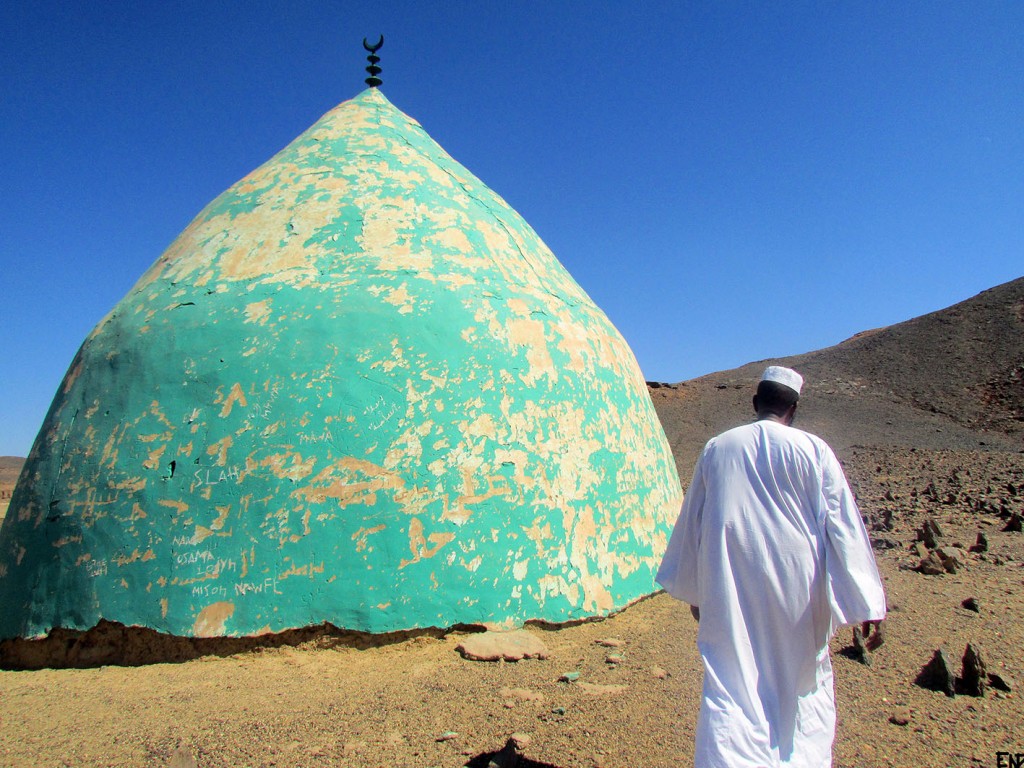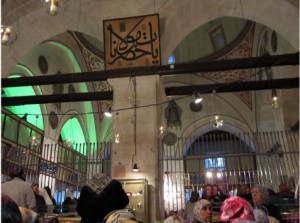Finally arose a learned, accomplished, worthy, keen, pious, and insightful man. He was Persian by breeding, Arabian by faith, a ḥanīf by confession, Iraqi in culture, Hebrew in lore, Christian in manner, Damascene in devotion, Greek in science, Indian in discernment, Sufi in intimations, regal in character, masterful in thought, and divine in awareness. ‘Praised be God, Lord of all worlds,’ he said, ‘Destiny of the faithful, and foe to none but the unjust. God bless the Seal of Prophets, foremost of God’s messengers, Muhammad, God’s elect, and all his worthy house and good nation.
‘Yes, just Majesty and assembled hosts,’ he began. ‘These saints of God are the flower of creation, the best, the purest, persons of fair and praiseworthy parts, pious deeds, myriad sciences, godly awareness, regal character, just and holy lives, and awesome ways. Fluent tongues weary to name their qualities, and no one has adequately described their inmost core. Many have cited their virtues, and preachers in public assemblies have devoted their lives down through the ages to sermons dilating on their merits and their godly ways, without ever reaching the pith of the matter.’

